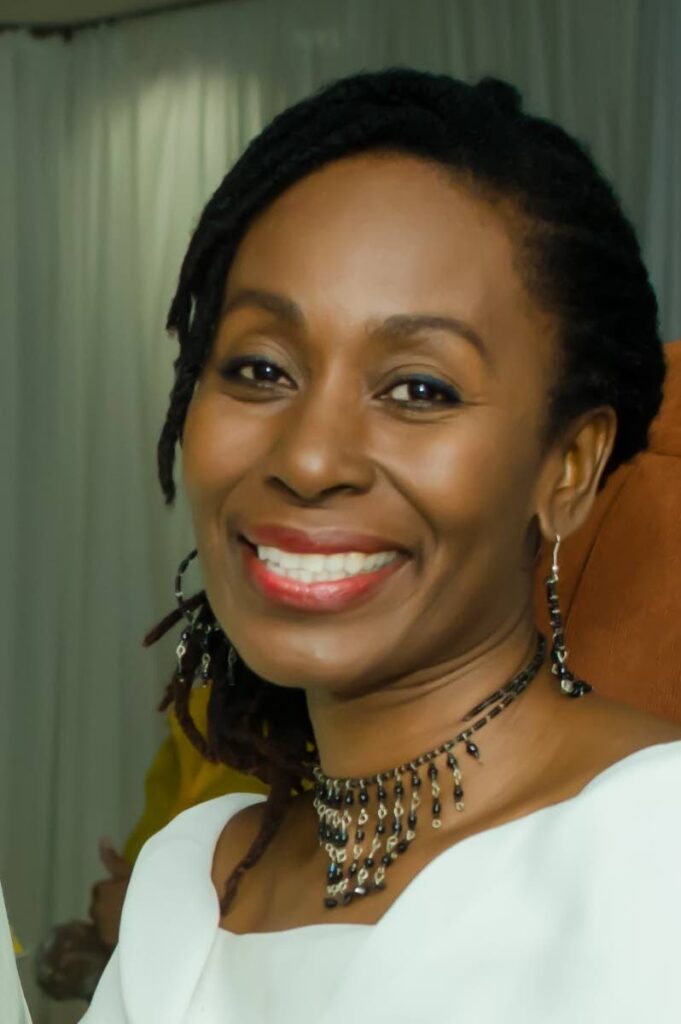Creativity in a time of war

Culture Matters
DARA E HEALY
When the rumour went round the town
That the Germans was coming to blow us down
Some, like cowards, remain at home
Others went down with bottle and stone.
Some who was meant to lose their life
Run with razors, cutlash and knife
But old lady had no gun, so she run with she chamber pot
(Sans Humanite)
– Calypsonian Duke on Normandy, 1918
FOR NOW, the conflict between Russia and Ukraine seems far away. However, a year after the conflict began, global alliances over weapons, food and fuel sources are being formed and the rhetoric of war is sounding increasingly aggressive.
As international tensions simmer, artists continue to be central to the resistance. Recently, Banksy, the famous muralist, created a mural of a judo match between a grown man wearing a black belt and a boy. The man is shown lying on the ground as the boy stands over him, victorious.
It is said that the mural looks to the day when Ukraine is victorious over Russia. Proceeds of sales from a new stamp depicting the mural will go towards the war effort.
At home, how did artists deal with two major global conflicts? Certainly, war did not stop our creativity. Indeed, the uncertainty in the world seemed to spark the desire to document the moment and tell the TT story.
When the First World War began in 1914, there was still considerable tension between ordinary people who resisted efforts by the colonial government and upper classes to ban Carnival and other creative expressions. The Canboulay uprisings of 1881 and the Hosay massacre of 1884 were still fairly fresh in the collective memory, as were the confrontations of the so-called jamette masquerade from around the 1860s.
In fact, in the aftermath of the 1881 confrontation, British warships were summoned to our shores. And in 1907, the US Atlantic fleet paid an “unprecedented visit.” By the following year, masqueraders had devised a sailor masquerade to protest such efforts at intimidation.
The war further exposed deep social inequalities. In 1917, wearing masks was banned, supposedly because of the war. However, as Hollis Liverpool points out, this rule only applied to the general population, as masks were allowed “on the faces of the middle classes and Coloureds, especially when they depicted European history.”
War was used as an excuse for ongoing calls to ban, improve and generally sanitise the festival. As local support for Britain’s war efforts grew, some expressed the view that “Trinidad had no right to be rejoicing when the rest of the world was at war.”
Similar to the increase in conflict on virtually every continent today, by the time war again erupted in 1939, the world had witnessed the breakdown of the League of Nations, as well as the Abyssinian War, the Sino-Japanese War and the Spanish Civil War.
Attila’s calypso reflected a shift on the part of the population when he sang, “I heard a soldier exclaim/Never me go to fight again/Why should I take a rifle in hand/To shoot and murder my brother man?/In fact, why the deuce should I go to war/When I don’t know what the devil I fighting for?”
Our country was important to the allies in their war effort owing to our oil reserves and strategic location. Throughout both wars, calypsonians worked steadily and the tents flourished. Yet after the initial euphoria at the presence of the America military base came the realisation that there was a high price to pay for the influx of soldiers and a steady flow of US currency.
Eventually, calypsonians lamented the widespread prostitution of young girls and the disruption of family life and values. These challenges were compounded by glaring economic inequality, the focus of Caribbean-wide labour unrests in the 1930s.
The Second World War lasted from 1939-1945. For creatives, the 1940s seemed surprisingly successful. Boscoe Holder had his own show on the Armed Forces radio station called Piano Ramblings. Beryl Mc Burnie dazzled New York with her folk dance under the stage name La Belle Rosette. And in 1944, after performing at a series of Win-the-War concerts, pianist Winifred Atwell impressed at her own recital at the Royal Victoria Institute.
In spite of these moments, the war years revealed other serious challenges, from racism to the integration of people from different cultures.
What lessons may we learn from these war experiences? More on this next time.
Dara E Healy is a performance artist and founder of the Indigenous Creative Arts Network – ICAN


Comments
"Creativity in a time of war"